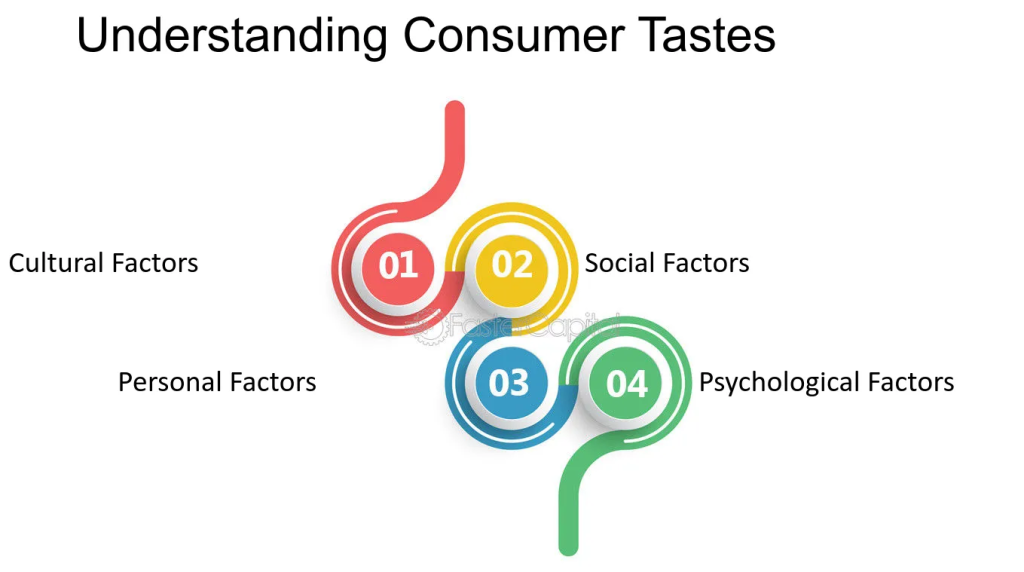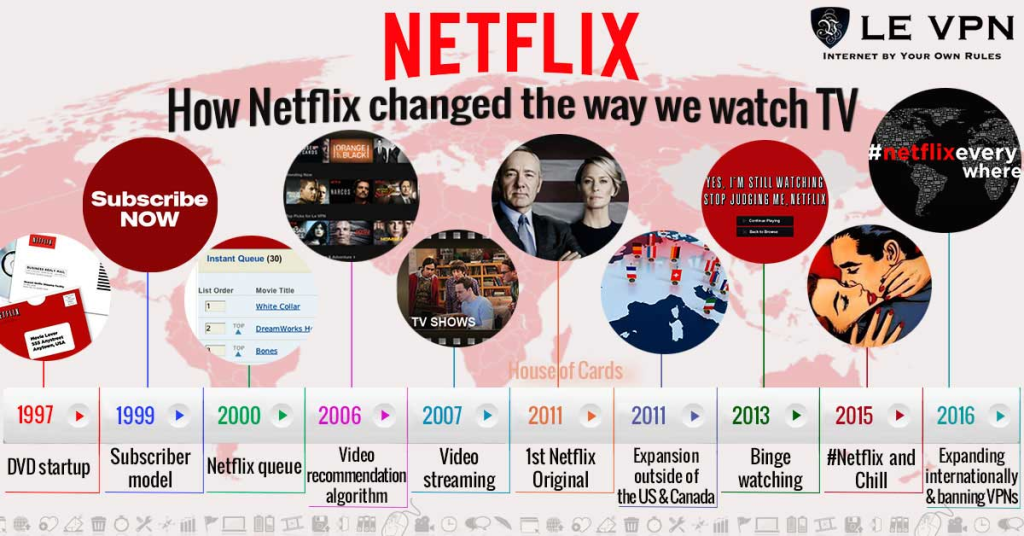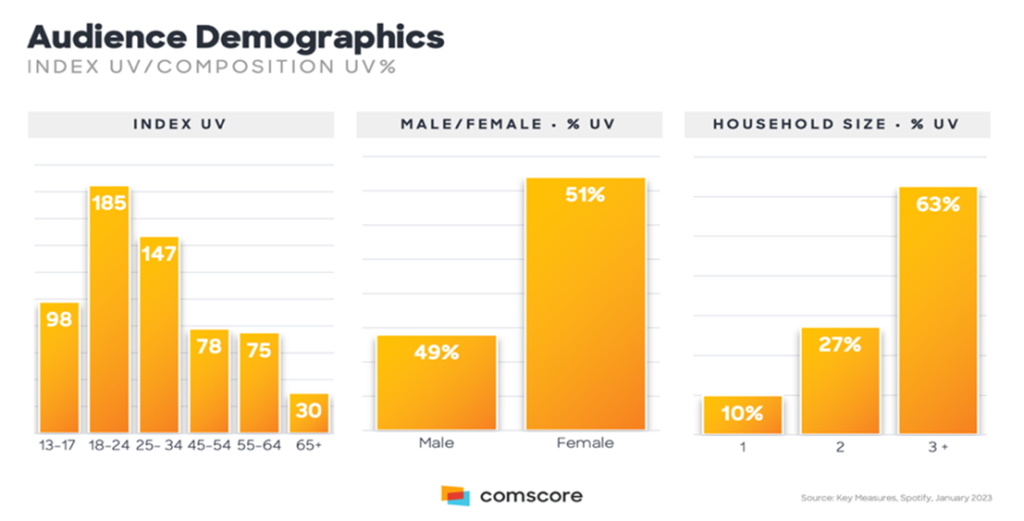“AI will be the most transformative technology since electricity.” a famous quote by Eric Schmidt holds its relevance in 2024 and beyond.
Nowadays, AI has become an important part of our lives. Whether it’s small startups or Fortune 500 companies, businesses use AI technologies to streamline their business activities, including day-to-day operations, customer support, data analysis, content creation, etc. AI is changing the entire business game and customer experience.
We are not saying it out loud, but a report by McKinsey suggests that AI’s contribution to the global economy in the coming years will be between $2.6 trillion and $4.4 trillion annually. You may have various questions regarding how AI will change the entire customer experience. Don’t worry; this article will provide complete information about how AI will improve the customer experience in 2024. Let’s get started!
What is AI Customer Experience?
The process of using artificial intelligence (AI), including chatbots, virtual assistants, and SaaS marketing automation tools to manage clients, maintain customer relationships, nurture lost customers, etc., is called AI Customer Experience. The technology and model on which AI works involves machine learning, automation and robotics. Large companies and businesses use enterprise artificial intelligence platforms to fulfill business tasks and streamline their customer experience.
A poor customer experience can cause substantial losses for any business. In the below image, we have highlighted the impact of bad customer experience on any business.

AI offers a lot of data on consumer behavior and patterns that help businesses understand their customers’ tastes and preferences. This data helps businesses design products and services aligned with each customer’s needs.
Top 6 Ways AI Can Improve Customer Experience
AI plays an important role in the digital transformation of businesses nowadays. Customer experience plays an important part in any business. If your customers are satisfied, they will be ready to pay you, which adds to your revenue.
Any business’s revenue and profit help it continue its operations and expand over time. Below are the six ways in which AI can improve the overall customer experience in 2024 and beyond-
1. Availability of 24*7 Customer Support
With the use of AI technologies, businesses can improve their customer experience by offering a 24/7 customer support facility. This can help customers contact businesses anytime as per their comfort without sacrificing time from their productive hours. AI will ultimately help you reduce the wait time of customers on chat or call due to its 24/7 availability.
AI helps to answer frequently asked customer queries very quickly, which helps customer support agents focus on more critical tasks. By using conversational AI, human-like conversations in any language at any point in time can be offered to customers. This is helpful when human agents are not available.
For instance, Sephora introduced its beauty coach, Ora. This coach can answer many user queries related to product availability, order tracking and much more. This coach is available 24/7 and can address all customer’s queries in multiple languages.

2. Helps to Determine Customer’s Tastes and Preferences
Data plays an important role in any business, helping to drive more sales. AI customer experience helps businesses and corporate houses collect data related to customers’ tastes and preferences. This data can be collected from various sources, such as social media posts, comments, emails, reviews, testimonials and more.
Various factors affect the tastes and preferences of the customers. These factors include:

1. Personal Factors- Age, profession, lifestyle, personality
2. Social Factors- Social class, expectations, peer pressure,
3. Cultural Factors- Cultural norms, customs, languages, traditions, etc
4. Psychological Factors- Motivation, perception, attitude
By analyzing the customer’s choices, businesses can make the right and meaningful decisions regarding their products and services. Products and services designed according to customers’ preferences will help businesses drive more sales and, eventually, more profit. Businesses can also improve their existing products and services.
For instance, you all have heard about the popular video streaming platform Netflix. To meet customer preferences, Netflix has made various changes in its business, including personalized content, a variety of content, a switch from DVD rentals to video streaming, the creation of original content and much more.

“Customers are the king of any business. If you don’t value your customers, your business won’t survive for long.”
— [ Ian Nicholls, Founder – AutomobilGarage.com]
The above quote is relevant to any business you can name, whether B2B, B2C or any other. You have heard about the famous case study of Blackberry, which couldn’t sustain itself in the market as it was not ready to change according to its customer preferences.
3. Helps in Customer Segmentation
All your existing or potential customers are not the same. Various aspects make them different from each other. You can categorize your customers into various segments, including:

- Demographic and Economic Segmentation- Demographic segmentation means dividing customers based on age and gender, while economic segmentation means dividing customers based on income level, lifestyle, occupation, etc.
- Geographic Segmentation—This means dividing your audience based on their location (country, state, city, locality, etc.).
- Behavioral Segmentation- This means segmenting your customers based on their behaviors, habits, etc).
- Psychographic Segmentation is the process of segmenting customers based on their beliefs, interests and past actions. It is similar to behavioral segmentation.
- Social-media Segmentation—You need to understand which social-media tool your audience is using. Understanding their social media presence helps you design your strategies.
AI helps you segment your customers into various zones based on the above segments by understanding their purchase behavior, online interactions, browsing history, social-media behavior, etc. After audience segmentation, you can create personalized offers, products and services for customers in each zone. Products and services designed with customers in mind ultimately improve their satisfaction and experience.
Spotify is a music streaming platform that uses various methods to create content based on audience segmentation, including personalization, different audio libraries for different age groups, and dividing them based on the audience’s behavior.

Result: The retention rate of these customers is usually high.
4. Minimizing Errors and Mistakes
Humans are more likely to make errors as they deal with multiple customers in a day. These errors may result in customer dissatisfaction and an increase in customer churn rate, which is a potential loss for revenue, profits, and businesses.
The longer a business can retain its customers, the more revenue and market reputation it can earn. By leveraging AI technologies, you can minimize the errors and mistakes made by humans as they work on machine learning models and advanced techniques. AI models are designed to answer customers’ queries consistently and accurately.
According to an IBM study, AI-driven customer service solutions can increase accuracy by 50% and reduce wait time by 80%.
Here are some ways in which AI minimizes human-made errors and makes the customer experience better:
1. Using AI algorithms to make decisions- By using algorithms, AI can help you automate repetitive tasks. With AI-driven chatbots, your customer experience is enhanced as they receive prompt responses.
2. Automating processes with workflows—Certain workflows help minimize errors. This makes data-driven decisions rather than subjective decisions.
3. Predictive analysis- Predictive analysis by AI helps organizations and businesses to avoid potential errors and mistakes.
5. Reduction in Wait-Time
There are instances when customers have to wait in a long queue, either on call or on chat, to get their queries addressed. But no one wants to wait, as everyone’s time is essential. AI-driven technologies can help reduce wait time, ultimately improving the customer experience. According to a report, AI-powered chatbots allow 82% of users to access customer support without longer wait times. With AI-driven support, customers do not have to wait for a long time to get their concerns resolved or queries addressed.
With AI adoption, the overall process becomes smooth and fast. If the response time reduces, the operational efficiency of the business improves. When customers get their issues resolved so quickly, their perception and outlook towards brands will be positive. They can also refer your brand’s products and services to their relatives, friends and acquaintances, improving your revenues.
6. Helps in Fraud Detection
The rise of online transactions has also increased the overall frequency of fraudulent and suspicious activities. According to Javelin Strategy and Research, online fraud losses reached $23 billion in 2023. It’s difficult or next to impossible for humans to detect all these frauds. AI-driven data technology is a new approach to detecting these frauds using machine learning and workflows.
AI algorithms are designed to anticipate behaviors, detect suspicious activities, and maintain cyber hygiene in the digital world. If your business is online, regardless of industry, there is a chance that online fraud can happen. Data fraud can cost you a lot of money and resources.
Let’s understand how the AI fraud detection model works:

1. Data collection—AI collects user data every second and analyzes the data’s behavioral and transactional behavior.
2. Identifying features- It identifies if any suspicious activity is happening with relevant characteristics and attributes.
3. Training its model- AI trains its model using historical data to recognize fraud patterns.
4. Continuous learning- AI and its algorithms constantly learn and update themselves to detect fraud and unethical activities.
5. Providing reports and alerts- Ai continuously sends you analytics and reports so that you can perform an investigation from your side and take necessary action.
If your platform is safe and secure, more customers will be willing to purchase from you.
Conclusion
Your ultimate goal as a business or organization should be providing the best customer experience in 2024. AI-driven technologies can help you achieve this goal. They can help you understand your customers’ tastes and preferences, reduce wait time for their queries, create personalized offers for your audience, offer them 24/7 support and much more.
If the customer experience is good, the repeat rate will be high, leading to increased business revenues. Moreover, you can also get referrals from your existing customers, as satisfied customers are likely to refer their friends, family members and acquaintances.

Andrej Fedek is the creator and the one-person owner of two blogs: InterCool Studio and CareersMomentum. As an experienced marketer, he is driven by turning leads into customers with White Hat SEO techniques. Besides being a boss, he is a real team player with a great sense of equality.
